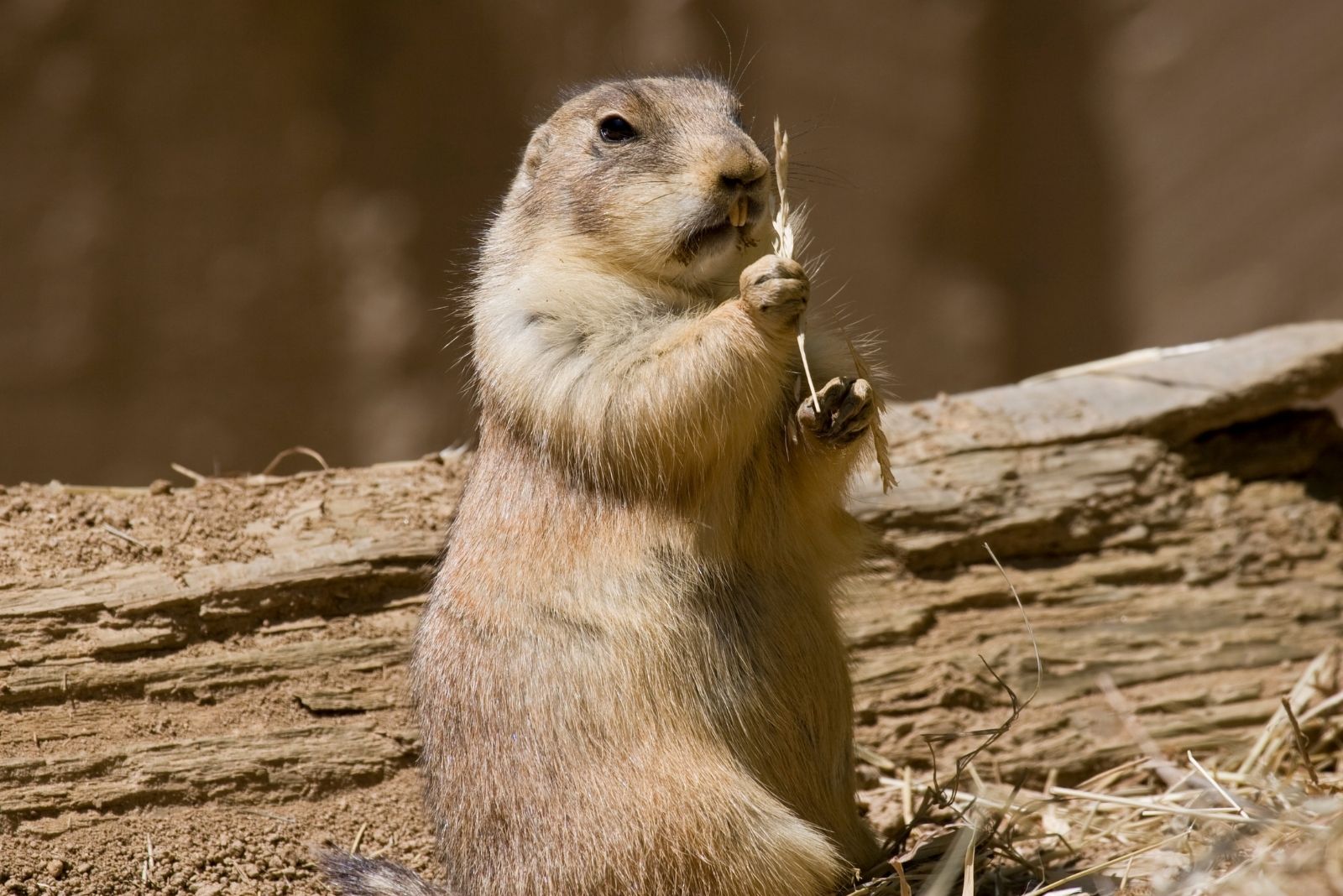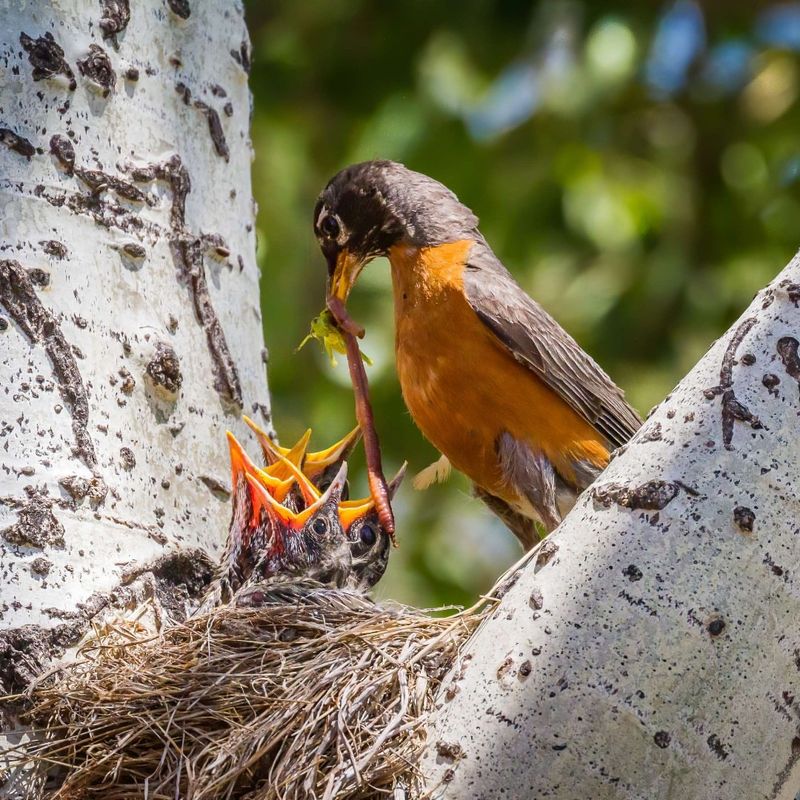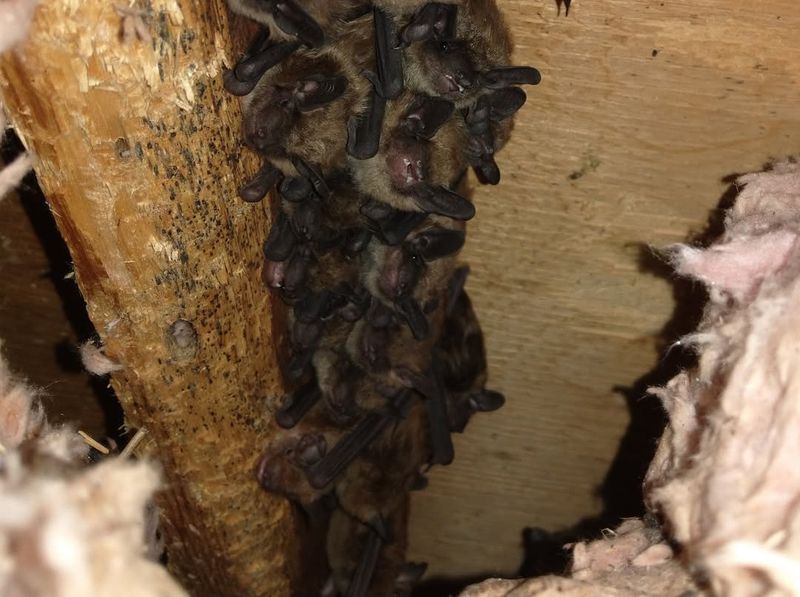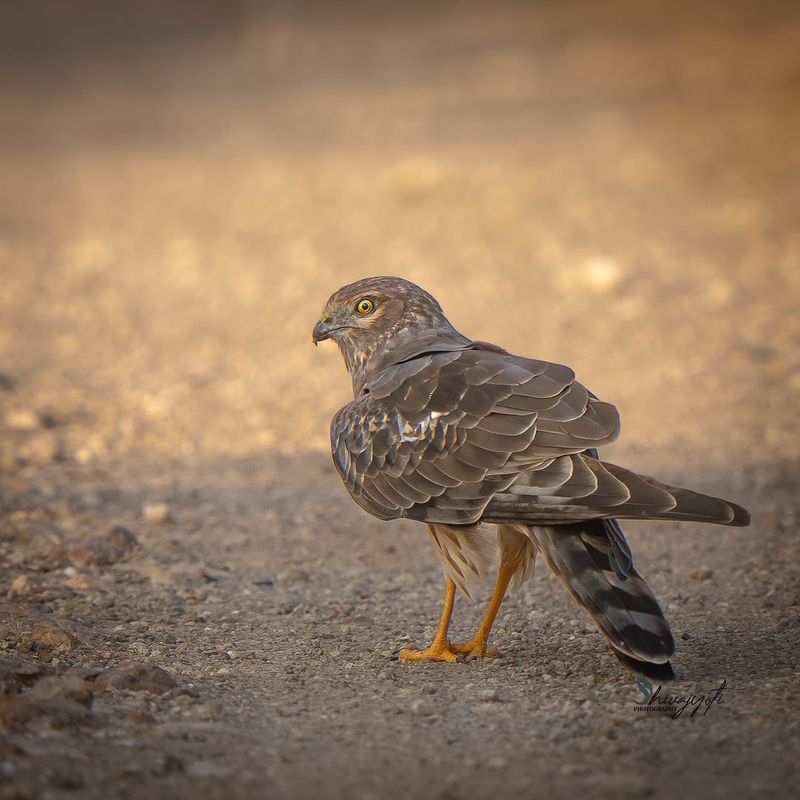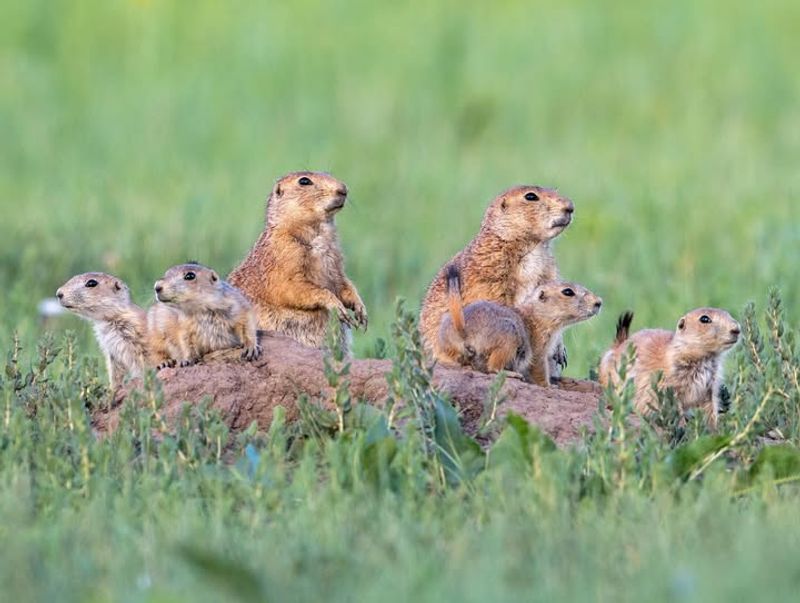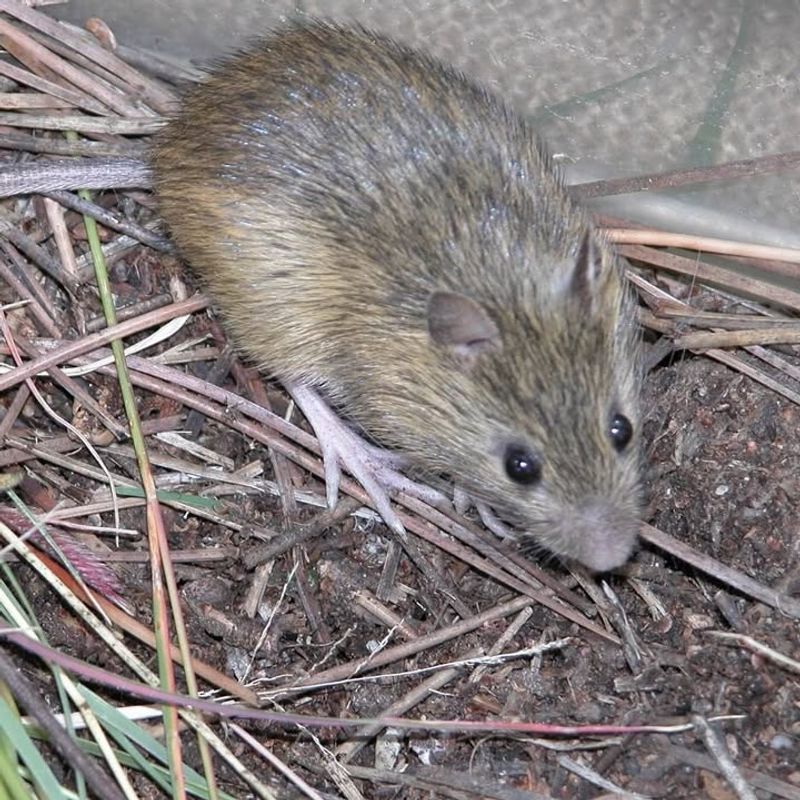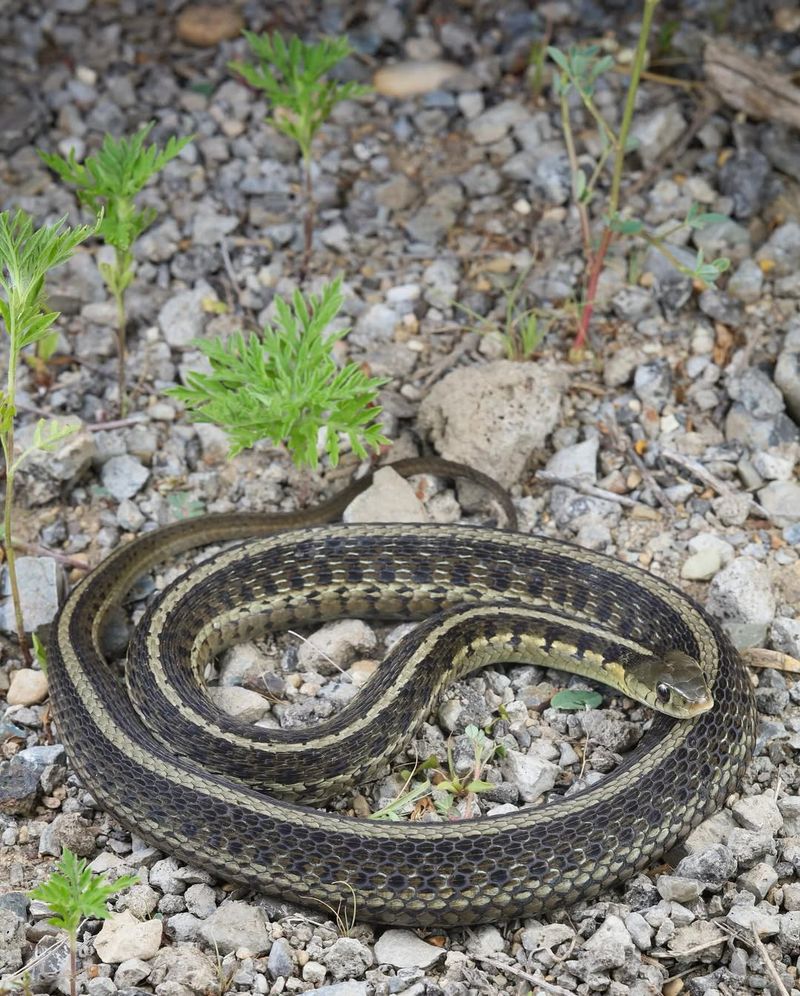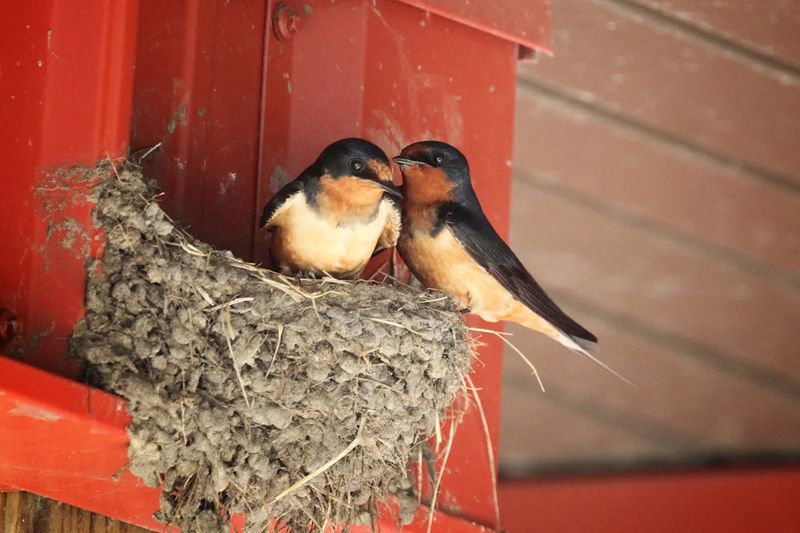Colorado homeowners often encounter wildlife in their yards, from birds nesting in trees to small mammals burrowing near garden beds.
While some creatures may seem like pests, many are legally protected under state and federal laws, meaning you can’t simply remove them without facing serious penalties.
Understanding which animals fall under these protections helps you stay on the right side of the law while respecting the natural ecosystem around your home.
1. Migratory Songbirds And Their Nests
Federal law protects nearly all native songbirds found across Colorado yards. The Migratory Bird Treaty Act makes it illegal to disturb active nests, eggs, or young birds, even if they’re inconveniently located near your door or window.
In my experience, noticing these creatures early helps avoid legal trouble. If you spot a nest being built, gently discourage the birds before eggs appear. Once nesting begins, you’ll need to wait until the babies fledge naturally.
For me, leaving certain areas undisturbed has made a big difference. Trimming shrubs or trees outside nesting season prevents conflicts entirely.
2. Bats Roosting In Eaves Or Attics
Many Colorado bat species hold protected status due to declining populations and their role controlling insect pests. Removing bats during maternity season, typically May through August, violates wildlife protection laws and can result in hefty fines.
Homeowners often discover bat colonies in attics or under roof eaves during summer months. Rather than evicting them immediately, you must wait until young bats can fly independently. Installing exclusion devices after babies leave prevents future roosting without harming the colony.
Local wildlife officials recommend humane exclusion methods that allow bats to exit but not return.
3. Raptors Like Hawks And Owls
Hawks, owls, and other birds of prey frequently hunt in suburban yards, especially properties near open space or foothills. These raptors enjoy full federal protection, making it illegal to harm, harass, or relocate them regardless of whether they’re eyeing your chickens or small pets.
Property owners sometimes panic when raptors take up residence nearby. However, these predators provide natural rodent control and rarely pose genuine threats to humans. Securing vulnerable pets and livestock with covered enclosures offers practical protection without breaking laws.
Watching these magnificent hunters has taught me patience and respect for nature’s balance.
4. Prairie Dogs In Established Colonies
While not universally beloved by homeowners, prairie dogs hold protected status in many Colorado municipalities, particularly within designated conservation areas. Removing them without proper permits can lead to legal consequences and fines from both local and state authorities.
Their extensive burrow systems sometimes damage lawns and gardens, creating frustration for property owners. Still, poisoning or trapping them yourself violates regulations in most areas. Professional wildlife services with appropriate permits can legally relocate colonies when absolutely necessary.
Learning to coexist with these social animals has actually enriched my understanding of Colorado’s prairie ecosystem.
5. Preble’s Meadow Jumping Mouse
This tiny endangered rodent inhabits riparian areas along Colorado’s Front Range, often venturing into yards adjacent to streams or wetlands. Federal endangered species protections make any disturbance to their habitat strictly prohibited without explicit authorization from wildlife agencies.
Most homeowners never realize they share space with this species until landscaping projects trigger compliance issues. If your property includes creek-side vegetation or moist meadow areas, consulting with Colorado Parks and Wildlife before making changes prevents accidental violations.
Maintaining natural buffer zones around water features has helped me protect both my property value and local biodiversity.
6. Native Snakes Including Garter Snakes
Colorado law protects most native snake species, with only rattlesnakes subject to limited exceptions under specific circumstances. Common garter snakes, bull snakes, and other harmless species cannot be killed or removed from your property, even if they startle you near the vegetable garden.
These reptiles provide excellent pest control by eating slugs, insects, and small rodents that damage plants. Rather than viewing them as threats, understanding their beneficial role helps homeowners appreciate their presence.
Creating rock piles away from high-traffic areas gives snakes alternative shelter spots while keeping them from surprising family members.
7. Nesting Swallows On Home Structures
Cliff swallows and barn swallows commonly build mud nests under eaves, porches, and garage overhangs throughout Colorado. Like other migratory birds, they’re federally protected, meaning active nests cannot be removed until babies have left and migration concludes.
Their nesting habits sometimes create mess and noise that frustrates homeowners. Preventive measures like installing bird netting before spring arrival stops nest construction legally. Once eggs appear, though, you’ll need to tolerate the temporary residents until fall.
I’ve found that accepting their brief stay brings unexpected joy watching the aerial acrobatics during feeding time.

